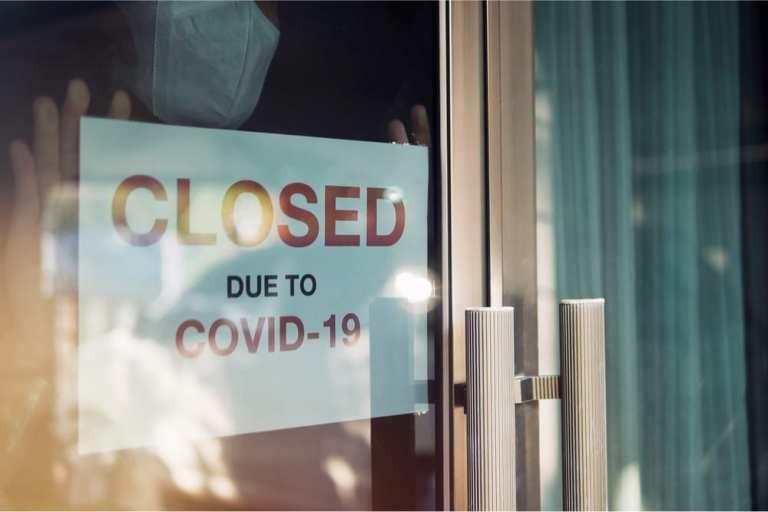
One week.
That’s how much time Paycheck Protection Program (PPP) loan recipients have to return their loan if they can’t meet the updated rules from the U.S. Treasury Department.
On April 23, Treasury provided the latest guidance for the Small Business Administration (SBA) PPP initiative crafted to shore up small and medium-sized businesses (SMBs) amid the COVID-19 pandemic. Its revised regulations, detailed on its Frequently Asked Questions page, urges companies who have access to other financing to reconsider whether they really needed the money. They have been given until May 14 to return the loan money with no questions asked.
Last week, Treasury Secretary Steven Mnuchin said not only will PPP loans in excess of $2 million be audited, but every business that borrows money through the program can expect to be audited before the loans are forgiven.
Christopher Carlozzi, Massachusetts state director of the National Federation of Independent Business (NFIB), a small business trade group, told PYMNTS the government keeps moving the goalpost.
The biggest worry among his members is meeting the rules for loan forgiveness, he said. Treasury regulations say loans will be erased as long as most of the proceeds are used to cover payroll costs, mortgage interest, rent, and utility costs over the eight-week period after the loan is made and employee and compensation levels are maintained.
“The main concern is whether my members can meet the threshold of using 75 percent of the loan for payroll,” Carlozzi said. “That’s problematic and that’s a big amount. Most SMBs say roughly 15 to 20 percent of costs are payroll-related.”
The other problem that has arisen is many businesses remain closed under a state order.
“How can they use the money within eight weeks if they haven’t even opened yet?” he asked.
And that’s not the only thing keeping NFIB members up at night.
The CARES Act provision provides a federal unemployment benefit of $600 a week for four months in addition to what the state already provides.
“Many businesses are struggling to bring back their laid off workers because for at least 16 weeks they can probably earn more money collecting benefits,” Carlozzi said.
The other factor at play, he said, is most employees were laid off in March. If they’re not collecting unemployment insurance, they are working somewhere else.
“Small businesses are finding it very challenging to bring back laid-off workers and attract new ones,” he said.